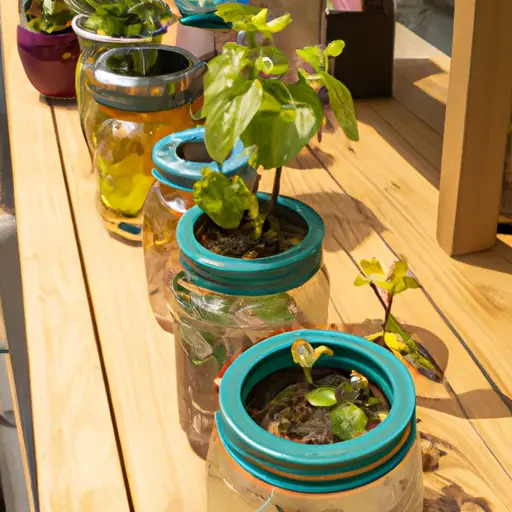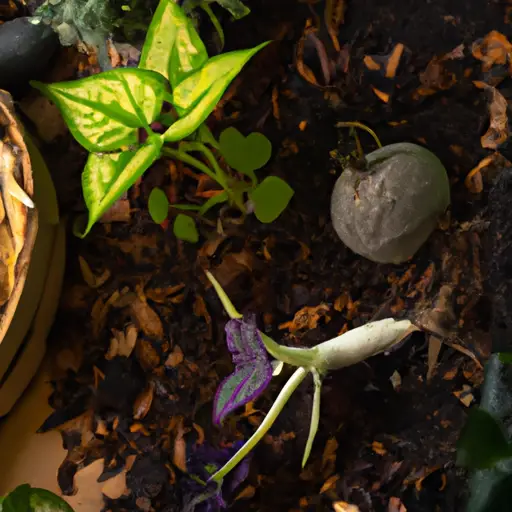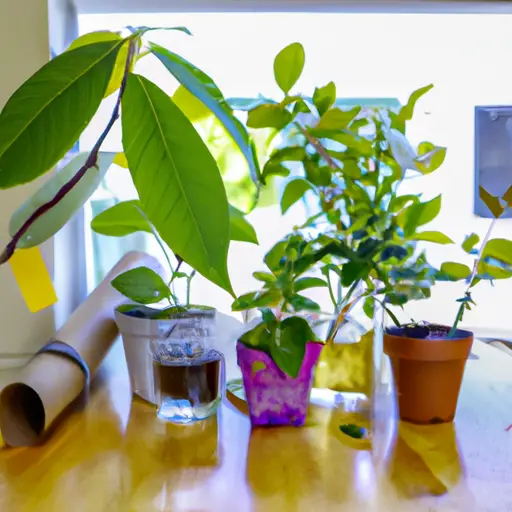Supporting Local Ecosystems with Native Plants in Containers
Introduction
Native plants play a crucial role in supporting local ecosystems. They have evolved and adapted to the specific soil, climate, and wildlife of a particular region. However, many urban environments lack the necessary space for traditional gardening methods. Fortunately, container gardening provides an opportunity to support local ecosystems by growing native plants even in limited spaces. In this article, we will explore the benefits of using native plants in containers and provide tips on how to create a thriving ecosystem in your own backyard.
1. Why Native Plants?
Native plants are naturally equipped to thrive in their local environment without relying on excessive water, fertilizers, or pesticides. They have developed unique adaptations over generations that make them resilient to pests and diseases while benefiting local wildlife. Planting native species helps preserve biodiversity by providing food and shelter for native birds, bees, butterflies, and other pollinators.
2. Container Gardening for Ecosystem Support
Container gardening is an excellent solution for individuals with limited outdoor space such as balconies, patios, or small yards. By choosing native plant species for your containers, you can contribute to the overall health of your local ecosystem while beautifying your surroundings.
a) Selecting Suitable Containers
When starting a container garden with native plants, it is important to choose appropriate containers that allow sufficient drainage and root growth. Opt for containers made of sustainable materials like clay or recycled plastic that promote airflow and moisture regulation. Ensure that containers have drainage holes at the bottom to prevent waterlogging.
b) Choosing Native Plants

Research which native plant species are suitable for container gardening in your area. Consider factors such as sunlight requirements, moisture levels, and growing season length when making your choices. Nurseries specializing in native plants can provide valuable guidance on selecting the right species for your containers.
c) Soil Considerations
High-quality potting soil is essential for container gardening success. A specialized native plant potting mix can be beneficial, as it provides the appropriate balance of nutrients and drainage. Avoid using soil from your garden, as it may contain pests or diseases that can harm your plants. Additionally, incorporating organic matter into the soil can improve its structure and water retention capabilities.
3. Supporting Wildlife in Your Container Garden
a) Attracting Pollinators
Native plants are naturally attractive to local pollinators that play a key role in plant reproduction. By including a variety of flowering native plants in your containers, you can create a habitat that supports bees, butterflies, hummingbirds, and other pollinators. Choose plant species with different blooming periods to provide a continuous food source for these creatures throughout the seasons.
b) Providing Habitat for Birds
Birds are not only beautiful to observe but also help control pests within your container garden. Encourage their presence by adding native shrubs or small trees that provide perching spots and nesting areas. Incorporating bird feeders or birdbaths can further entice them to visit your garden.
c) Managing Water Sources
Water is essential for all forms of life, including birds, insects, and amphibians. Consider adding a shallow dish or small water feature within your container garden to provide drinking and bathing opportunities for wildlife. Make sure to check the water level regularly to prevent mosquitoes from breeding.

4. Maintenance Tips for Native Plant Containers
a) Watering Practices
Container gardens often require more frequent watering than traditional gardens due to limited soil volume. Monitor moisture levels regularly by sticking your finger into the soil up to the first knuckle; if it feels dry at this depth, it’s time to water. However, avoid overwatering as it may lead to root rot or fungal diseases.
b) Mulching Techniques
Mulching helps conserve moisture and regulate soil temperature around plant roots. Organic mulch made from shredded bark or compost can be applied to the top layer of the soil in containers. This protective layer also suppresses weed growth and enhances the overall aesthetics of your container garden.
c) Pruning and Fertilizing
Trim dead or damaged foliage regularly to maintain plant health and appearance. Native plants generally require less fertilizer compared to non-native species. Consult a local gardening expert or nursery for advice on organic fertilizers suitable for your specific native plants.
Conclusion
Supporting local ecosystems with native plants in containers offers numerous benefits, even in limited spaces. By choosing to grow native species, you can play an active role in preserving biodiversity and providing a habitat for local wildlife such as pollinators and birds. Remember to select suitable containers, use high-quality potting soil, and provide essential elements like water sources within your container garden. With proper care and maintenance, your native plant containers will contribute to the health and beauty of your local ecosystem.













